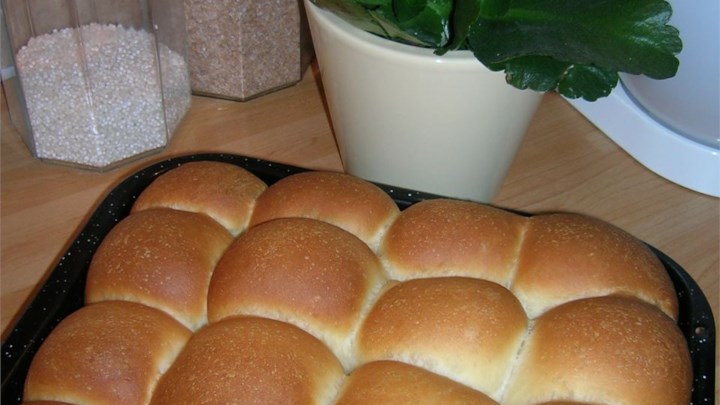2020-04-23
Rosie says: "I have both Speerville Whole White and Red Fife flour - would one be better than the other?"
Dan: for the starter food? I don't think it matters but I think most sourdough snobs suggest you feed it whatever it's going to be usually rising. That being said, I don't. I feed mine Speerville organic whole-wheat and my usual baking flour is the Whole White. My logic is that the 1) the whole wheat has all the nutrients it could possibly want and 2) the organic means it doesn't have chemicals. But we all know people with perfectly happy starters that live on Robin Hood ultra processed bleached no-bran white.
Jen Dubé-Smith says: I use unbleached white AP for my starter and my baking because we get 50lbs a month from hubby’s work at no charge so it’s what’s there. I made this with it last weekend.
Using wild yeast is a crap shoot - sometimes you get a great one (my brother did, his first try) and sometimes you get a lazy one.
Rosie asks: When you’re talking about wild yeast - do you mean starting from scratch? Should I take it for a walk around the back yard? Or does it come from the flour?
Some people say it comes from flour, some people say it comes from the air. The traditonal line is, "any kitchen that's had bread baked in it for the last few years will have wild yeast in the air" But take that with a grain of salt. This is why people share really great starters and why we have this idea of the pedigree of a starter, E.g. Juliette has been the starter for a Paris bakery for the last 400 years. But that's as much folklore as well because the yeast and bacteria strains almost certainly evolve and get replaced as time goes on and its food changes.
My situation is: my mom had given me some starter in the 1980s. Back in the day moms were trading "friendship cake" starter; they didn't call it sourdough. Anyway for some reason in the 2000s I decided to leave my starter jar in a very warm place for months and months - it was a stupid thing to do. I thought "the book says it can come back after any amount of time." But it never really did. It was weak and slow and I hated it for years and finally threw it away. And then when I heard that the guy who had been such a hero to the most litererate kids in my high school, forty years ago, had been in Paris on a bread making course, and brought back Juliette, I asked if he could share her and made a special trip down to Bridgewater just for it. And frankly she's 10x the starter than my mom's ever was.
https://www.allrecipes.com/recipe/7831/amish-friendship-cake/
^^ friendship cake. Step one is starting your own starter, with an interestingly more complicated method than most people have been hearing.
guys you may want to try this - allrecipes.com is pretty well curated.
![[Home]](https://bonmot.ca/Sourdough/graphics/manybreads.png)
